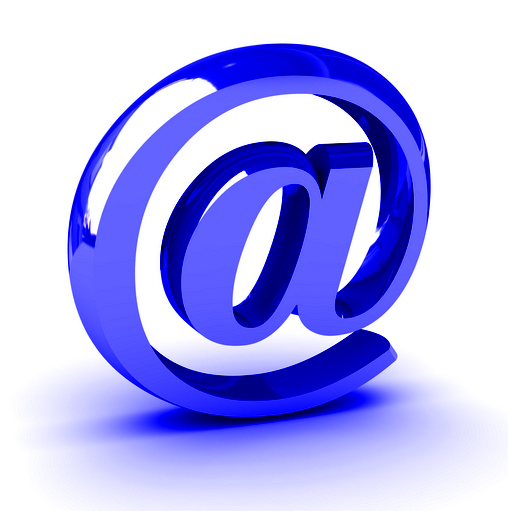EMAILS
Email can be a very effective way to keep the momentum going for any project between face-to-face meetings. If your team members all have an email address that they check on a regular basis, this is probably your best tool for sending and receiving status reports, asking questions, and posting meetings notices or other announcements.
Here are my Top 10 Rules for the Effective Use of Email:
- Keep your emails clear and concise. Many people won’t read an email beyond the first or second line, so make sure you include the vital information early in your correspondence, including what actions you require from the recipient.
- Always enter a meaningful subject in the subject line. Effective use of the subject line will increase the chances that your email will actually be read. The subject line “OCTOBER 12TH COMMITTEE MEETING AGENDA – RSVP REQUESTED” is more likely to be opened and a response received than the subject line “Meeting”.
- Follow the same sentence structure, grammar and punctuation rules you would use if you were writing an actual letter. Emails are not texts – using too many shortcuts and abbreviations can give your emails an unprofessional appearance, and recipients may not take them seriously.
- Avoid using all capital letters – you will appear as if you are shouting your message.
- Sign your name to your emails! If you email address is pretty cryptic, this may be the only way that the receiver knows who the message is coming from.
- Create an email group for each key committee, one for the core organizing team, and one for your entire planning committee. With one click, you can schedule a meeting, make an announcement, or gather input on a particular topic from the right people. You also don’t have to worry about leaving someone out of the loop, which becomes more likely when you’re selecting one person at a time from your contact list.
- ‘Reply’, ‘Reply All’, and ‘Reply All with History’ – there are some very important differences with these options that you need to pay attention to! ‘Reply’ is a response just to the person who sent you the message. ‘Reply All’ means your response will go to everyone the original message was sent to; make sure it’s necessary for everyone to get your reply in their inbox before you decide to use this option. ‘Reply All with History’ means that all the text in the original email(s) will be attached to the bottom of your new email. Same goes for ‘Forward’ and ‘Forward with History’, only in this instance you are sending the email and all attached history to a new recipient. All of these can have unintended consequences, so think about the one you select and be sure your new email is going only to the people you want to receive it.
- Before you hit SEND, read your email again from start to finish, and utilize your spell-checker tool to make sure your message makes sense. My brain often gets ahead of my fingers, and I’ve sent more than a couple of nonsensical messages in my time. Misinformation is a huge time-waster!
- If your email addresses a sensitive or controversial topic, save it as a draft and sleep on it before you send it. Once you hit SEND, you can’t get it back, so think it through before you do. You may want to consider picking up the phone instead. While you may think the tone of your email is appropriate, someone else may interpret it differently. In those cases, a face-to-face or telephone conversation may be a better choice.
- Use the Folders feature of your email account to categorize the emails you wish to keep. Wading through hundreds or thousands of emails in my Inbox is not my idea of time well spent. I have folders set up for each project I’m working on; if I decide it’s a message I need to save, once I’ve read it and taken any necessary actions on it, I immediately drag it into the project folder so I can quickly access it again. This insures that the only items in my Inbox are the things that still have actions remaining.
Next – Effective Communication Part 3
Want to start at page 1 of this book blog? Click here
Event Planning and Organization Basics – Effective Communication Part 2
